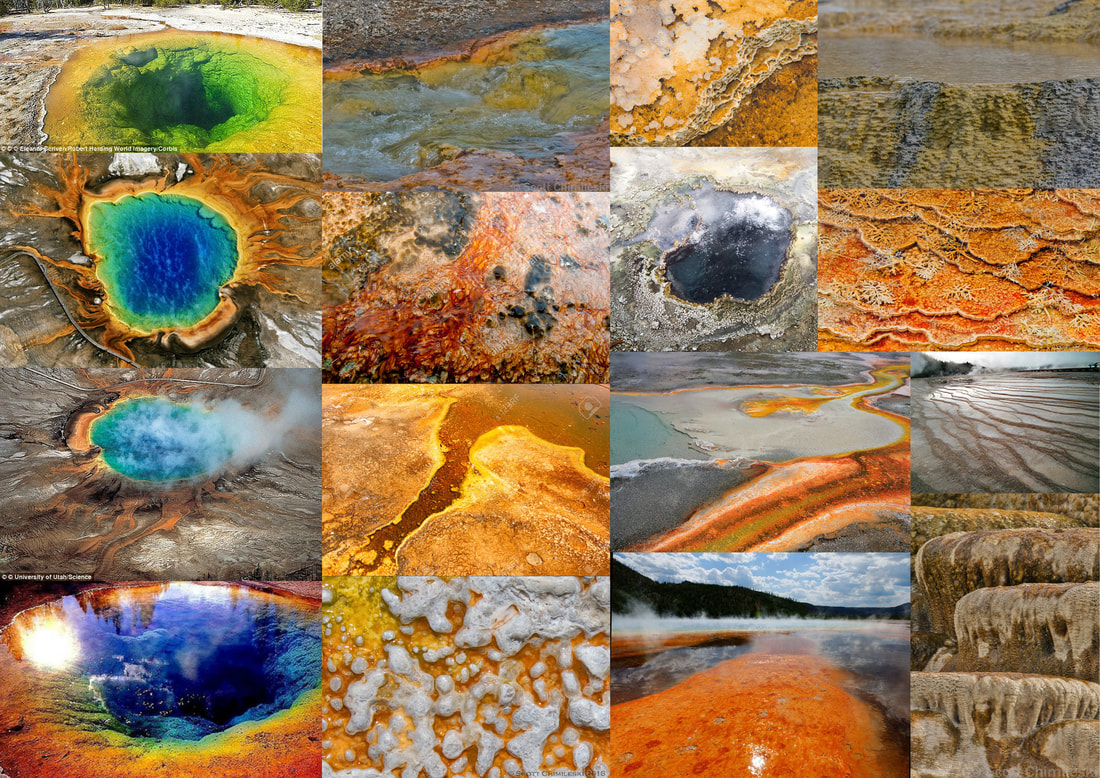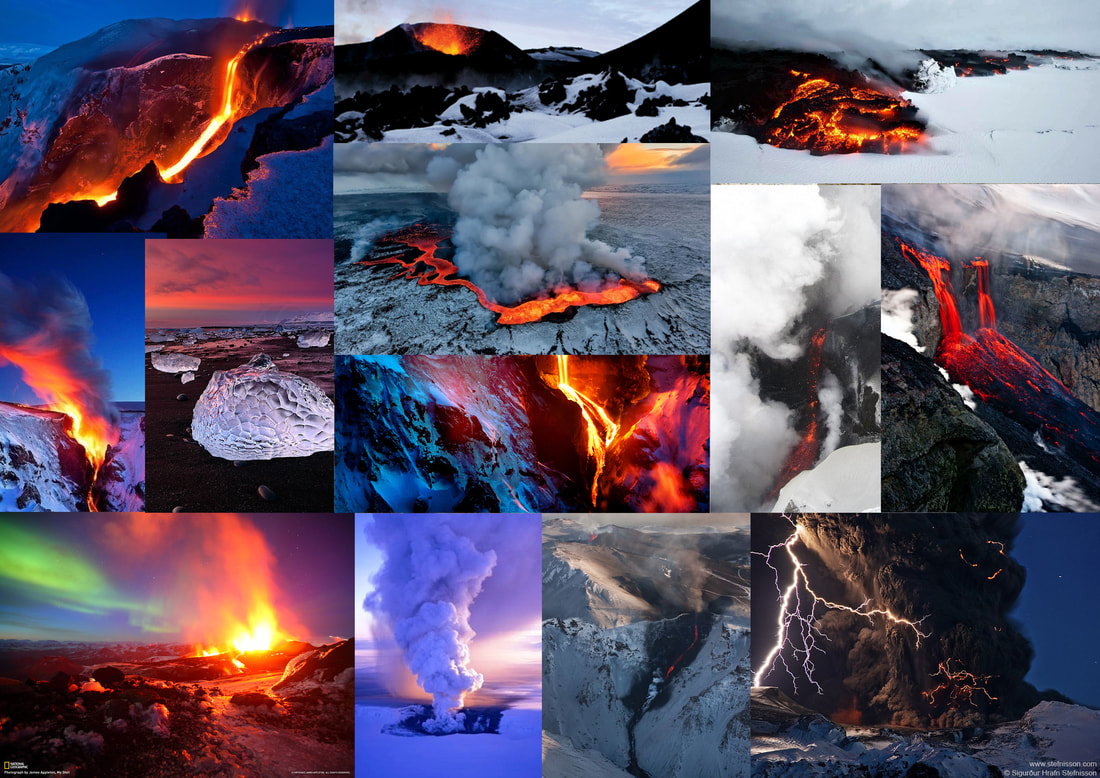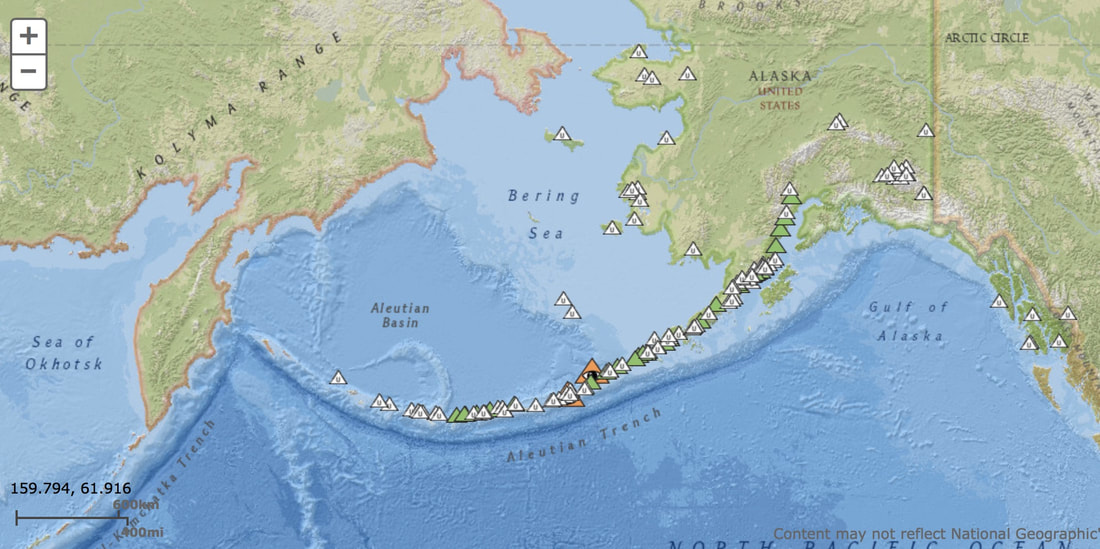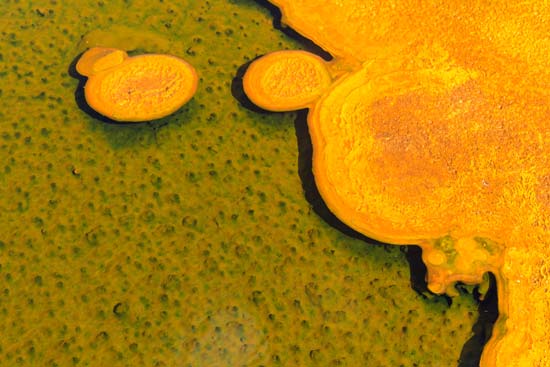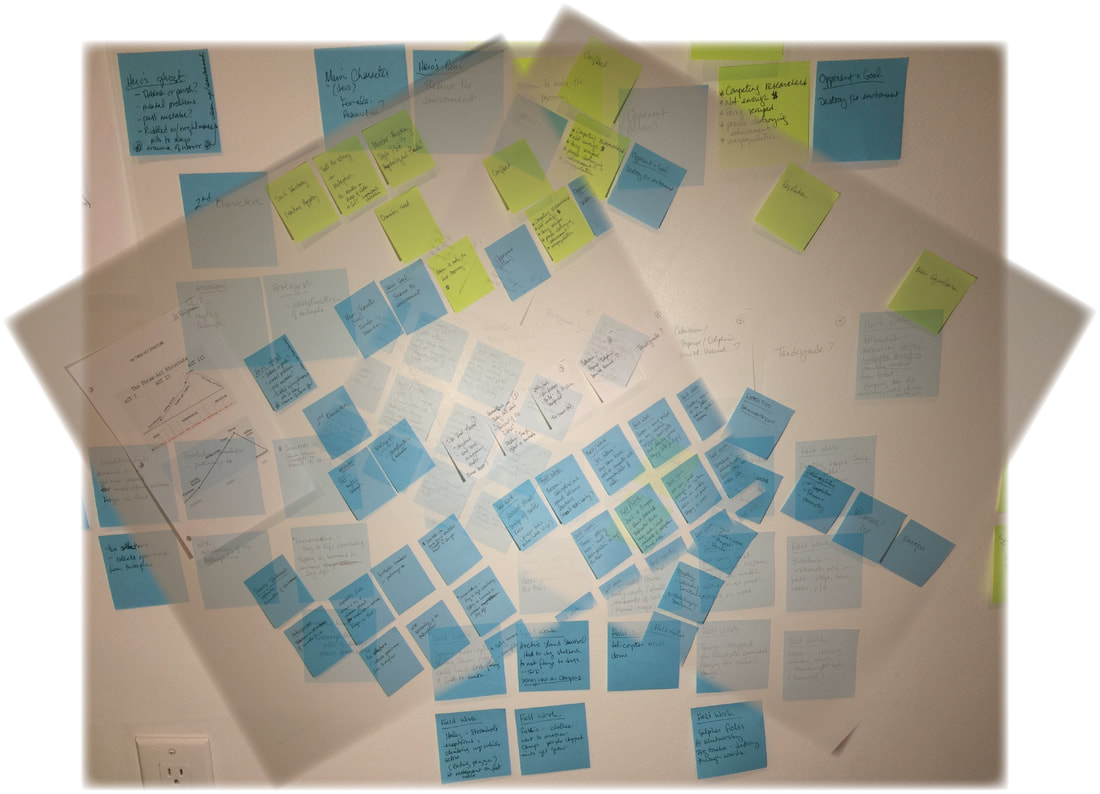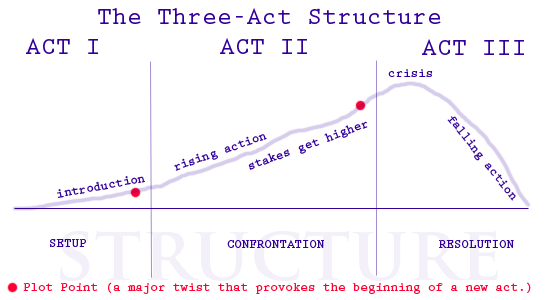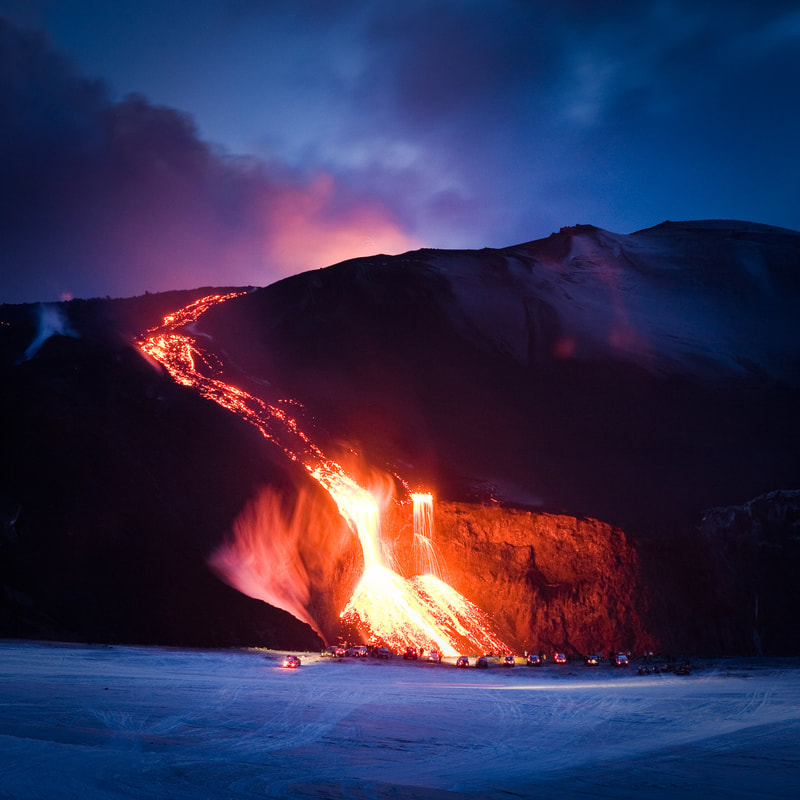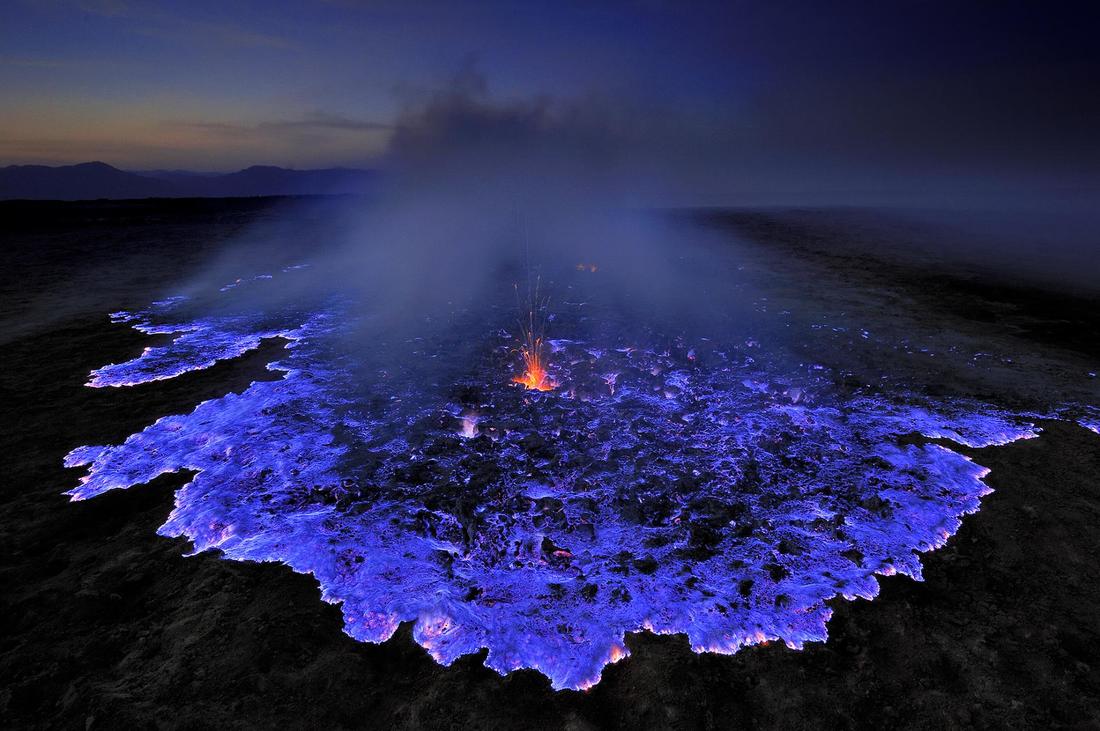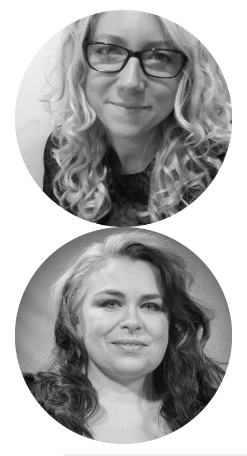|
Rosemary Thoughts on collaboration This week has been quite challenging focusing down our ideas into a project that will resonate with people. I have found it very enjoyable and intriguing to work outside of my comfort zone in developing a narrative. For example, as a Concept Artist, the narrative of a production is brought to the table as the part of the initial brief but now I am contributing to the development of the narrative from the outset. Also, I am now looking deeper into why things are the way they are, rather than just choosing inspiration for aesthetic reasons. For example, we have been looking at the colours of volcanic phenomena this week and finding out from Jill the chemical and organic reason why lava is a certain iridescent colour is fascinating and lends a new layer of context to my visual research. Moodboards of colours, textures and art direction I have been collating visual references into moodboards to crystallize the art direction for the project. First, I have focused on environments to give our project a sense of place. Jill and I are both very inspired by the colours and textures of volcanic activity with a focus on hydrothermal features and the juxtaposition of fire and ice. Microorganisms of Yellowstone National Park.Jill and I are both fascinated by extremophiles. Thermophilic bacteria produce unique and brilliant colours in the hydrothermal features of Yellowstone, such as the Grand Prismatic Spring. The grouping of the thermophiles into microbial mats also creates wonderful textures. More information about the thermophilic bacteria found in Yellowstone National Park can be found here Icelandic Fire and Ice The interaction between fire and ice in Iceland is the meeting of two extremes and exciting to us because of the vivid colours that it creates. Jill’s research has often been conducted in the fiery ice landscapes between Russia and Alaska – Kamchatka and Katmai. Drawing on Jill’s fieldwork expeditions for our narrative inspiration, grounding the project in a place where volcanoes and ice meet reflects on her memories and is also allegorical of the extreme habitats of the extremophiles and the precarious balance of the Earth’s ecosystems. Where to next? With some visual inspiration for the location of our project, I will begin focusing more specifically on the ecosystems and wildlife. Here are some readings for the coming week: The Wildlife of Katmai National Park and Reserve, Alaska Animals adaptations:Echolocation Fire Animal habitats: Hydrothermal vents Taiga regions (Russia to Alaska) Jill Hello All, This week Rose and I focused on distilling down our ideas from the brainstorming phase. Volcano Ecology So far in our collaboration, we have both explored ideas outside of our direct areas of expertise. In volcanology, my work has primarily focused on magmatic processes, hazard monitoring, and education regarding human impacts in Alaska, Washington, and Kamchatka Russia. I have been delving more deeply into understanding biological communities in volcanic ecosystems. This has included research and discussions ranging from extremophiles at hydrothermal vents and volcanic hot springs to repopulation after volcanic events. Crafting Story We generated so many great ideas in our brainstorming sessions that we had a lot of distilling to do, one of my teachers calls it composting. I like that analogy because it conjures up a messier process and it generates its own heat! You have to roll your sleeves up and get dirty to compost, gather all those ideas and then give them time to breathe and decompose down to their essence. To make the process more visual and tactile, I decided to start a sticky note wall. Each note is like a single leaf holding an idea. Hoping that these will create connections across themes and help me find a good narrative story. Through this collaboration, one possible outcome is a short three-act structure screenplay. Some elements required for story include creating a main character with a dramatic need, an opponent who presents a confrontation, ultimately leading to crisis and then resolution. Color and Texture A true collaboration takes time to learn and listen to each other and to process what strengths and creative ideas can be contributed to craft something new and unique. It has been great fun for me to get feedback from Rose on what piques her interest in volcanology. It is exciting to talk about dramatic color-saturated images and distinctive volcanic textures. Color is a fantastic lens in which to look at micro-organisms, mineral/chemical content, and temperature. Until next week!
-Jill
0 Comments
Leave a Reply. |

